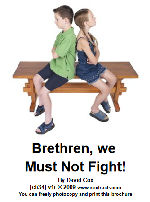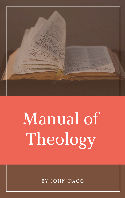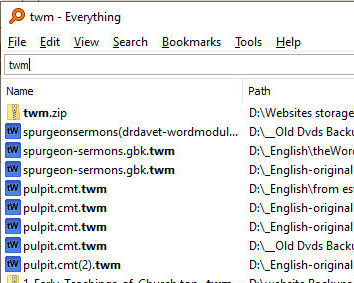Hays A Critical Review Of The Empty Tomb is a review and refutation of the book “The Empty Tomb”, which tries to deny the resurrection of Jesus Christ. Hays looks at its arguments and shows where they are not valid.
Contents of Hays A Critical Review Of The Empty Tomb
Preface
Acknowledgements
Introduction
Chapter 1
Chapter 2
Chapter 3
Chapter 4
Chapter 5
Chapter 6
Chapter 7
Chapter 8
Chapter 9
Chapter 10
Chapter 11
Chapter 12
Chapter 13
Chapter 14
Chapter 15
See also Esword Modules
- Clowe Miracles of Jesus Christ
- Stowe Women in Sacred History
- Adeney, W.F. – Women of the New Testament
See also theWord Modules
- Bounds – The Ineffable Glory: Thoughts on the Resurrection
- Torrey, R.A. – Is the Bible the Inerrant Word of God?
- Freeman – Manners and Customs of the Bible
- Stowe Women in Sacred History
- Adeney – Women of the New Testament
- Wade The Meaning of the Cross
Excursus I: The Pagan Polemic
I. Galen (c. 129-199)
II. Cehus(2C)
III Porphyry (c. 232-305)
IV. Julian (331/332-363)
Excursus II: Comparative Mythology
I. Is the Bible a Myth?
II. Definition
III Evaluation
IV. Paradigm-cases
Excursus III: Justin Martyr (ca. 100-167 AD)
Justin’s Thought and Apologetic Method
The First Apology
Justin ‘s Source Critical Theory
Conclusion9
Afterword…451
Select Bibliography
Online Resources
From the Preface
The Empty Tomb1 (hereafter ET) positions itself as a full-frontal assault on the Resurrection. I wouldn’t be surprised if unbelievers reference this book as he definitive refutation of the Resurrection for years to come. Hence, it merits an extended review.
In no small measure, the ET is not so much a direct attack on the evidence for the Resurrection as it is an attack on a particular school of apologetics centered on the person of William Lane Craig—with Richard Swinburne as the runner-up. Since Craig is a dominant if not predominant figure in this debate, he’s a natural foil for the opposing side to target. Even so, this is less about the actual evidence for the Resurrection than it is about the way in which a particular school of apologetics has chosen to sample the relevant evidence and then marshal that residuum into a particular argumentative construct, according to certain methods and assumptions.
Because ET is a collaborative effort, it reflects the strengths and weaknesses of a collaborative effort. On the one hand, it benefits from contributions with differing areas of specialization.
On the other hand, various contributors sometimes employ mutually exclusive arguments in relation to one another so as to cancel each other out.
This leaves the sympathetic reader in the ironic situation that he is unable to agree with everything he reads even if he agrees with the main thesis. So that burdens the book with an initial handicap it must somehow surmount for
the unsympathetic reader who does not agree with the main thesis, or all its operating principles and procedures.




 Helpful Windows User Tip for "Searching Everything" on your PC.
Helpful Windows User Tip for "Searching Everything" on your PC.